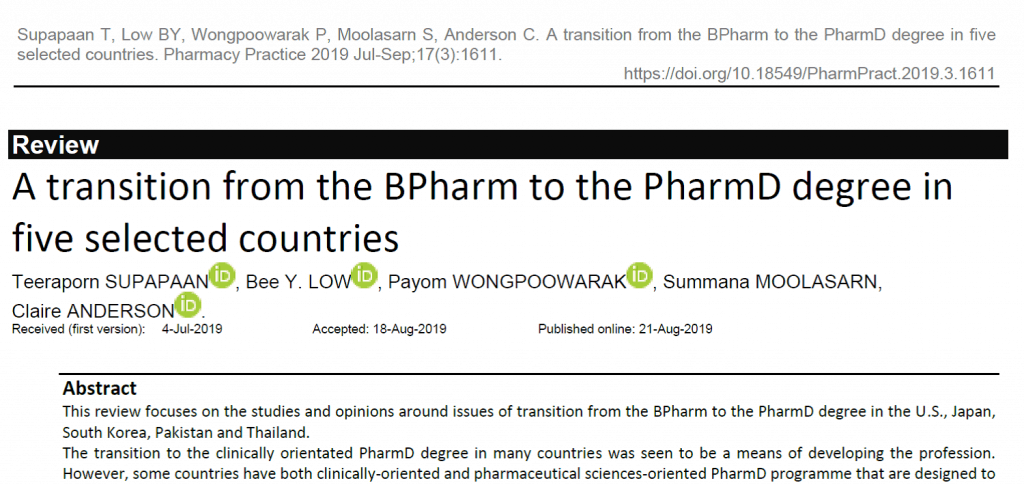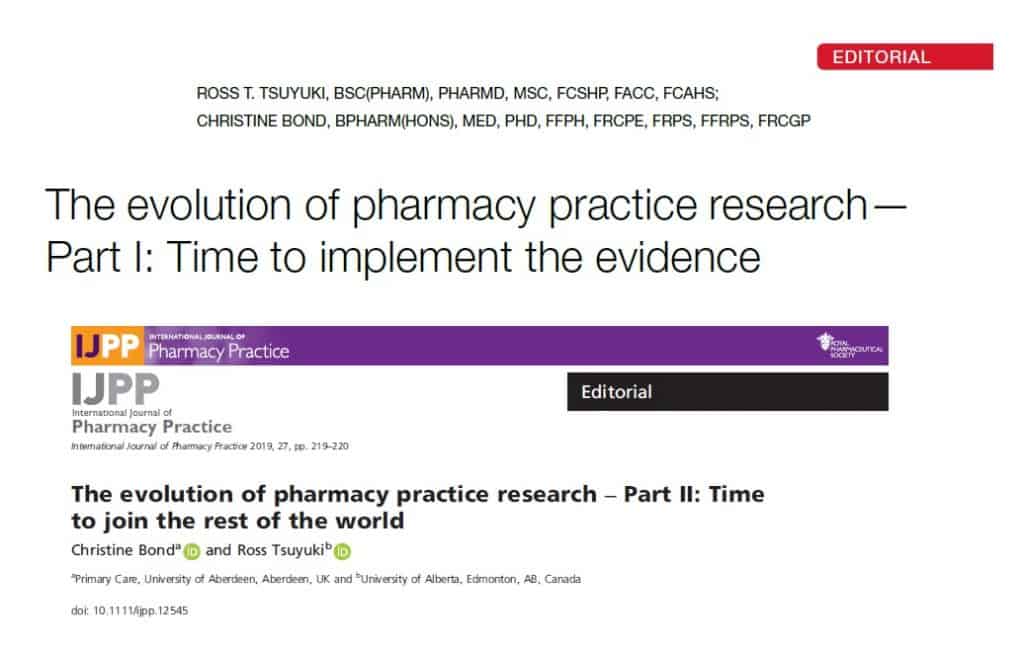The year of 2021 started with some good news on the COVID-19 vaccines. However, the investigation of additional treatments is not over. Take a look at this recent living systematic review and network meta-analysis on the effectiveness of different interventions for coronavirus – BMJ 2020;370:m2980









